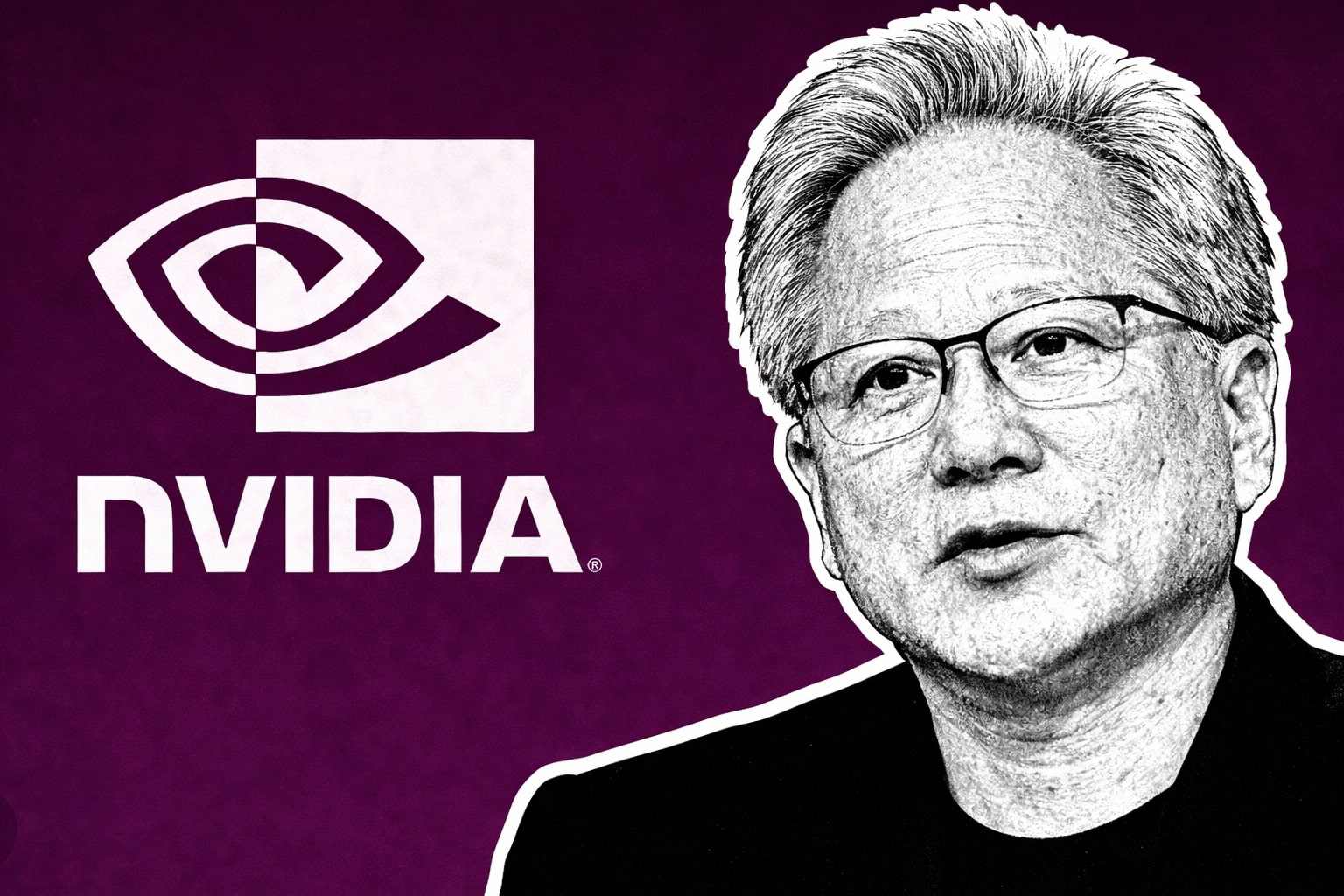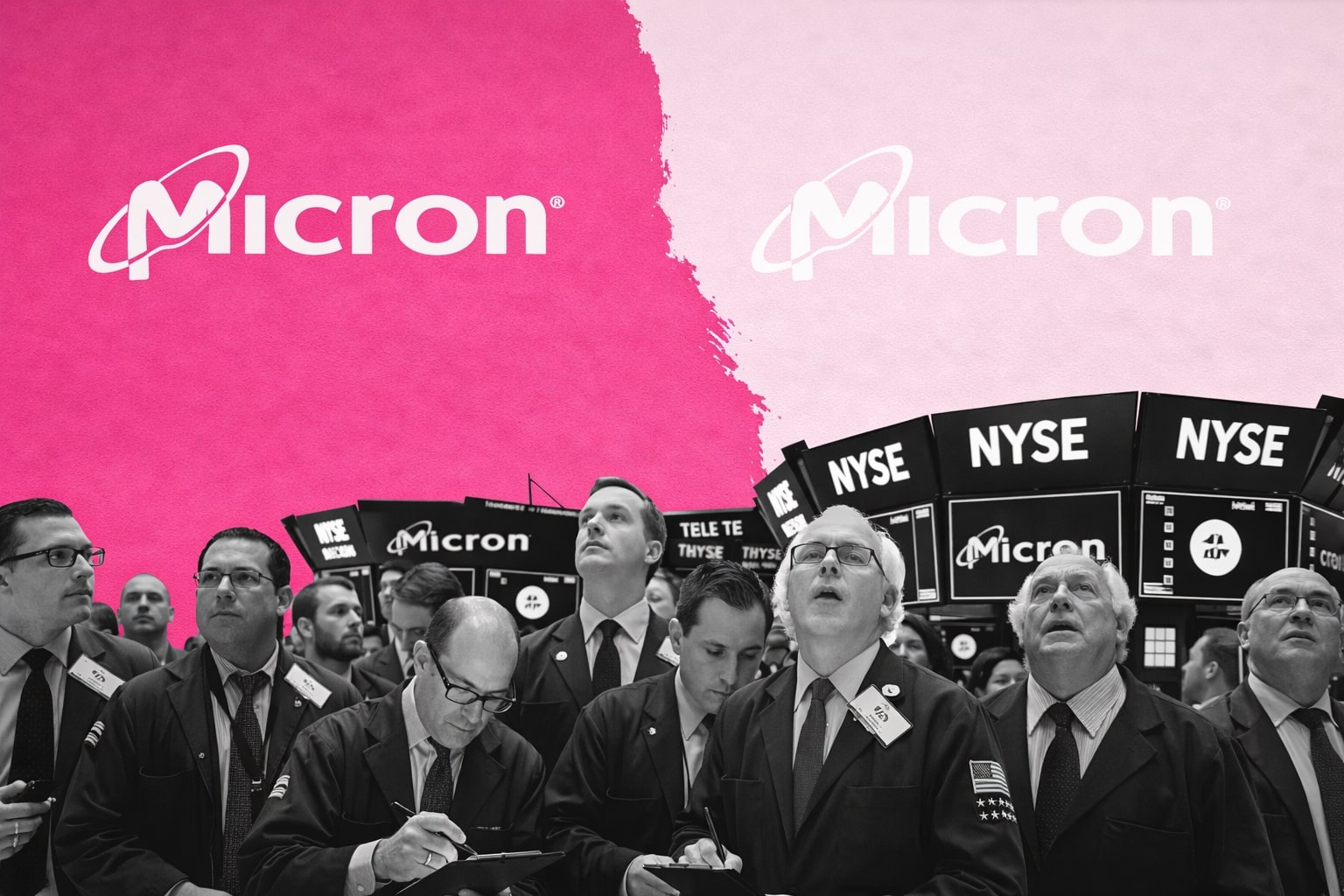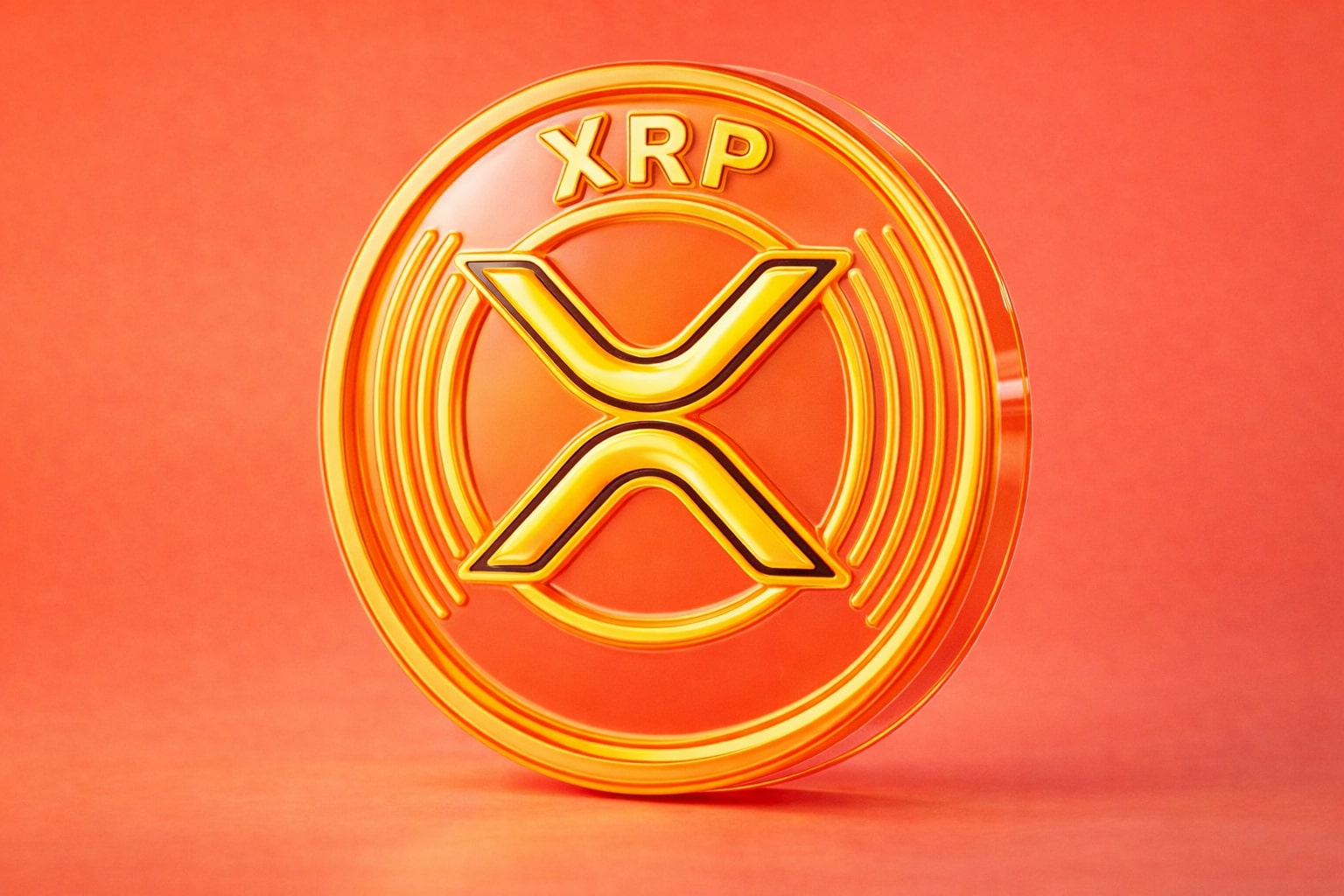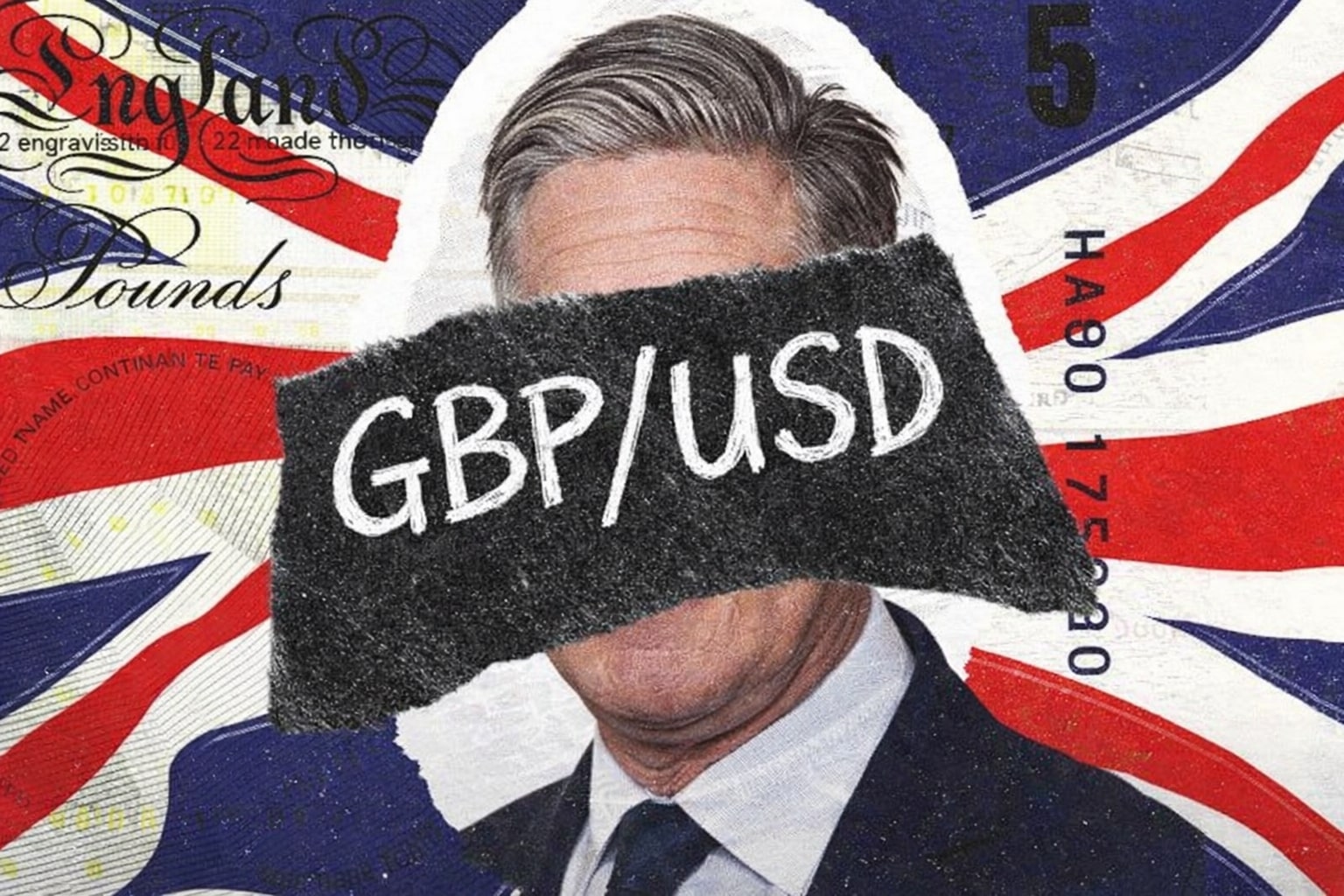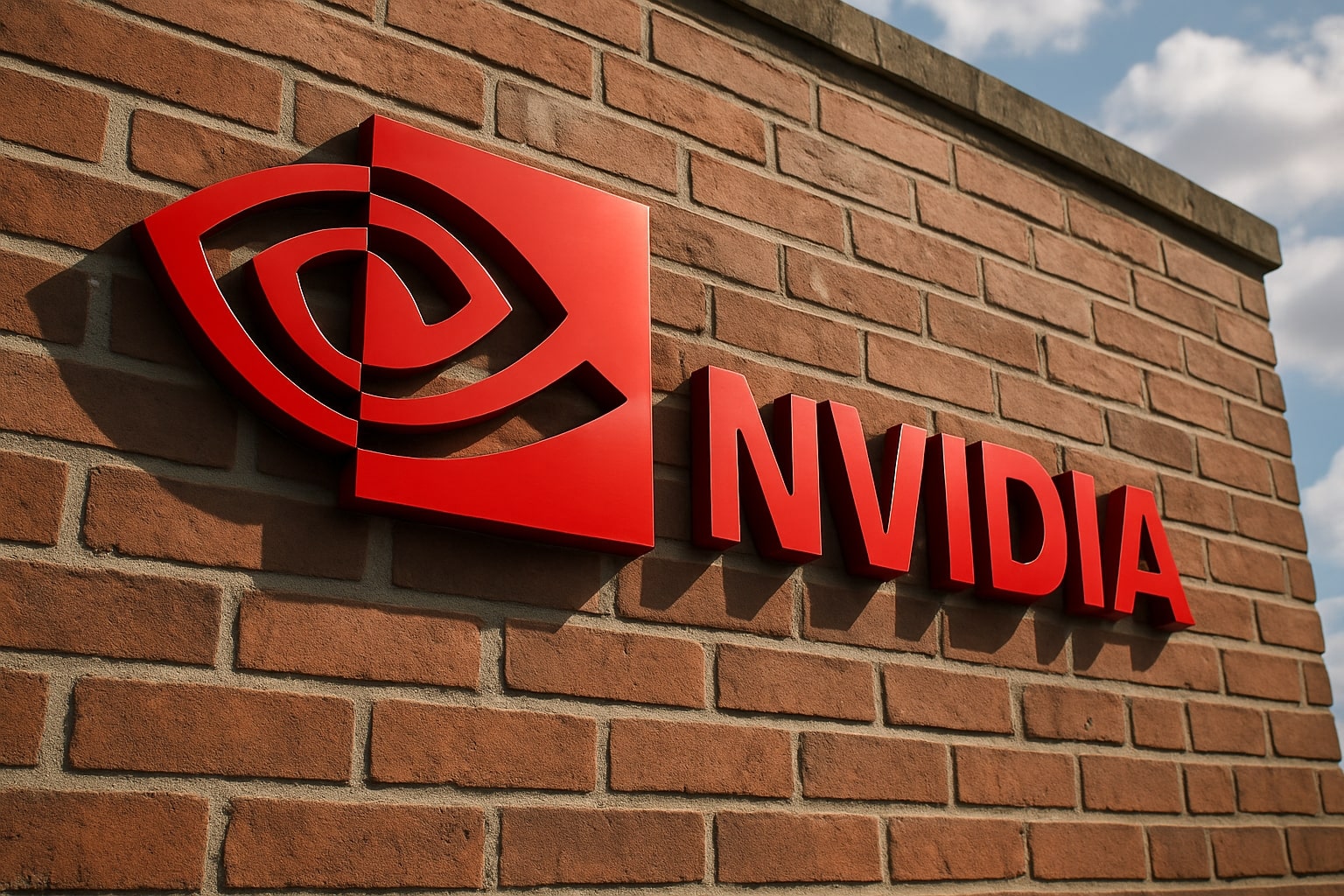
Is Nvidia Stock (NASDAQ:NVDA) Still a Buy After the $5B Intel Investment?
At $176, Nvidia faces Fed easing, China export risks, and Intel synergy bets—Wall Street targets stretch to $270 | That's TradingNEWS
Is Nvidia (NASDAQ:NVDA) Still a Buy After the $5B Intel Stake?
The global semiconductor market was shaken when Nvidia (NASDAQ:NVDA) confirmed a $5 billion equity purchase in Intel (NASDAQ:INTC) at $23.28 per share, giving it close to a 4% ownership stake. Shares of Nvidia surged 3.5% to $176.30, boosting its market capitalization to $4.29 trillion, and the deal marked a turning point in the dynamics of chip competition. This move was not just about capital allocation—it signaled a structural shift in how Nvidia will anchor itself inside the U.S. semiconductor ecosystem, alongside Intel and Washington, at a time when China’s restrictions on high-end AI GPU exports are forcing Nvidia to diversify strategically. The timing could not have been sharper, arriving just as the Federal Reserve cut rates by 25 basis points, easing policy into the 4.0%–4.25% range, a dovish stance that lifted tech valuations across the Nasdaq and S&P 500. With macro easing and a geopolitical tailwind, the central question is whether Nvidia remains a Buy at these elevated levels or whether investors should wait for a pullback.
Nvidia’s Financial Power: Revenue Explodes to $165.2B With 52.4% Margins
At the heart of Nvidia’s strength is its unmatched financial profile. Over the trailing twelve months, revenue climbed to $165.22 billion, an increase of 55.6% year-over-year, fueled by AI adoption at hyperscalers and sovereign states building digital infrastructure. Net income surged to $86.6 billion, producing a 52.41% net margin, far above the semiconductor industry average of 18%–20%. Free cash flow reached $52.44 billion, reinforcing Nvidia’s ability to fund expansion projects outright. The balance sheet is fortress-like, with $56.79 billion in cash versus only $10.6 billion in debt, a net cash position that provides resilience against downturns. These figures cement Nvidia as not only the most profitable chipmaker but also as one of the most financially secure mega-caps globally.
Valuation: Can Growth Justify 38x Forward Earnings?
Despite its financial muscle, valuation remains a pressure point. Nvidia trades at a forward P/E of 38.02 and a price-to-sales ratio of 25.4x, multiples that imply perfection in execution. By comparison, Intel trades at a forward P/E below 20, and Broadcom sits near 25. The bullish case rests on aggressive growth: analysts forecast Nvidia’s revenue will reach $206.4 billion in FY2026 and expand further to $273.64 billion in FY2027, implying compound annual growth rates of over 20%. Price targets reflect this optimism, with consensus clustered around $211 per share and the most bullish estimates reaching $270, suggesting 20%–50% upside from current levels. The market is essentially pricing Nvidia as the single indispensable player in the AI economy.
Strategic Significance of the Intel Partnership
The Intel investment is about more than numbers. By aligning with Intel, Nvidia gains access to U.S.-based foundry capacity at a time when supply chain resilience has become a national security priority. The U.S. government reinforced this by taking a 9.9% stake in Intel worth $8.9 billion through CHIPS Act allocations, making the Nvidia–Intel axis the cornerstone of American semiconductor sovereignty. For Nvidia, the stake mitigates risks from China’s export bans on its H20 and A800 GPUs, which have capped sales to one of its largest markets. By deepening ties with Intel, Nvidia secures new production channels and positions itself as a geopolitical hedge, ensuring continuity of supply for its hyperscaler clients.
AI Factories and Global Expansion: A $15B Bet in the UK
Parallel to its U.S. alignment, Nvidia is expanding globally with a $15 billion investment in AI factories in the UK, aimed at deploying 120,000 GPUs by 2026. This project, tied to Microsoft’s $30 billion cloud and AI infrastructure buildout, ensures Nvidia’s Blackwell platform cements its dominance across both training and inference workloads. Data center revenue, already the company’s largest segment, is projected to top $175 billion annually, underscoring why Nvidia’s valuation premiums persist. These factories also signal a shift—Nvidia is no longer just a supplier of GPUs but an architect of global AI infrastructure.
Read More
-
PYPL Stock Price Forecast - PYPL at $59.91; Is It a Bargain or Value Trap?
18.12.2025 · TradingNEWS ArchiveStocks
-
XRP Price Forecast: XRP-USD Slides Below $2 as Sellers Target the $1.80–$1.90 Zone
18.12.2025 · TradingNEWS ArchiveCrypto
-
Oil Price Forecast - Oil Stalled Near $56–$60 as Venezuela Blockade Clashes With Oversupply Outlook
18.12.2025 · TradingNEWS ArchiveCommodities
-
Stock Market Today: Nasdaq, S&P 500 And Dow Jump As CPI Cools And MU Stock Rockets
18.12.2025 · TradingNEWS ArchiveMarkets
-
GBP/USD Price Forecast - Pound Holds 1.34 as BoE’s 3.75% Rate and Weak US CPI Pressure the Dollar
18.12.2025 · TradingNEWS ArchiveForex
Competitive Landscape: AMD and Broadcom Under Pressure
The announcement reverberated through the sector. AMD (NASDAQ:AMD) slid 2.78% to $154.68, reflecting investor concerns that its progress in AI compute could be undercut by Nvidia’s Intel alignment. Meanwhile, Broadcom (NASDAQ:AVGO), with a market cap of $1.64 trillion, eked out gains but now faces a more direct challenge in networking and integration. Nvidia’s strategy of blending design, software ecosystem dominance (CUDA), and now manufacturing alliances elevates the barriers of entry for its rivals. AMD remains a credible challenger in specific niches, but the gap in profitability and cash generation is widening, not narrowing.
Insider Transactions and Institutional Positioning
Institutional conviction in Nvidia remains strong, with 68.98% of shares held by funds and insiders holding 4.33%. Insider activity has shown executives selling into strength—common in momentum-driven rallies—but short interest is barely 0.81% of float, confirming bears lack conviction. The low short exposure suggests that funds are unwilling to bet against Nvidia even at stretched multiples, highlighting confidence that the company’s trajectory is structurally intact.
Macro Tailwinds: Fed Cut, Dollar Pressure, and AI Demand
The Federal Reserve’s 25bps rate cut to the 4.0%–4.25% range created tailwinds for risk assets. The dollar softened, Treasury yields eased, and growth equities surged, amplifying Nvidia’s rally. Powell’s commentary that inflation risks remain but policy easing is necessary to manage labor market fragility reassured investors that liquidity will not dry up in the short term. For Nvidia, easier monetary conditions amplify demand from data centers, corporates, and governments financing AI adoption, reinforcing its growth curve.
Is Nvidia a Buy After Its $5B Stake in Intel?
At $176.30, Nvidia embodies both extraordinary opportunity and high expectations. Its fundamentals—revenue surging past $165 billion, margins above 52%, and a global AI expansion strategy—make it the undisputed leader in semiconductors. The Intel stake strengthens its geopolitical positioning, while AI factories in the UK and alliances with Microsoft expand its global reach. Yet valuation remains stretched, with the stock priced for flawless execution. For long-term investors, Nvidia is still a Buy on any meaningful dip below $165, with upside targets in the $211–$270 range. At current highs, the tactical stance is Hold, acknowledging both the growth trajectory and valuation risks. Nvidia is not just participating in the AI revolution—it is defining it.















